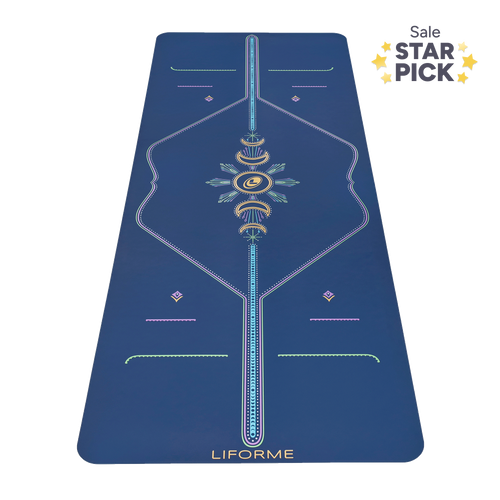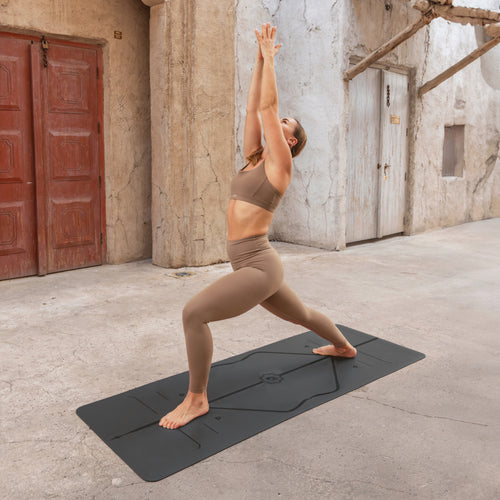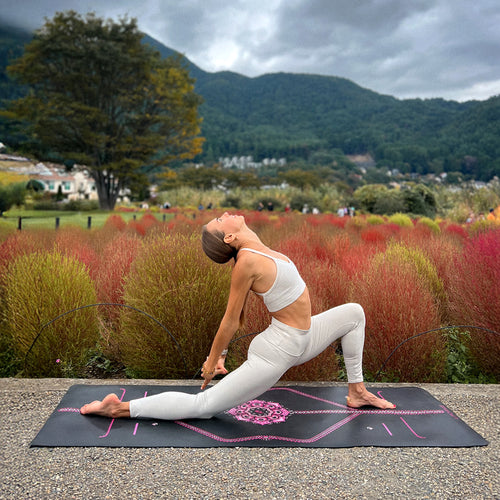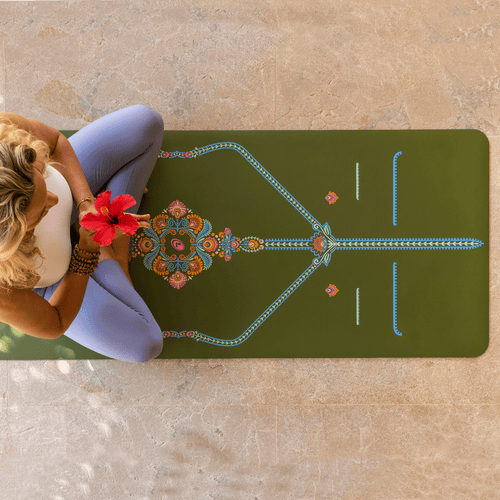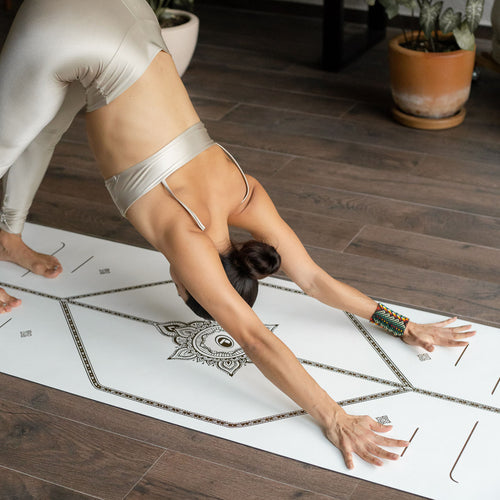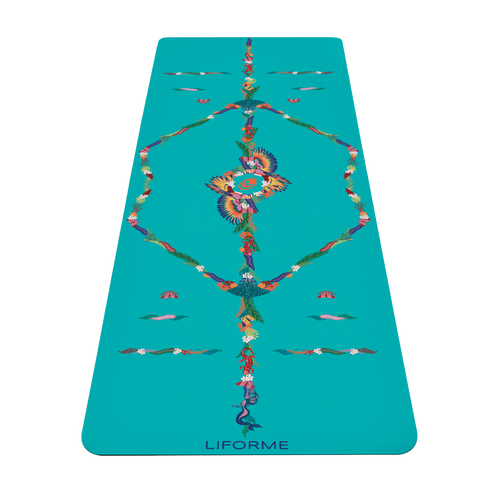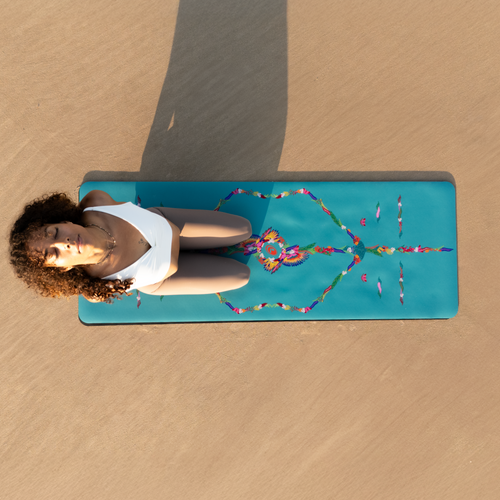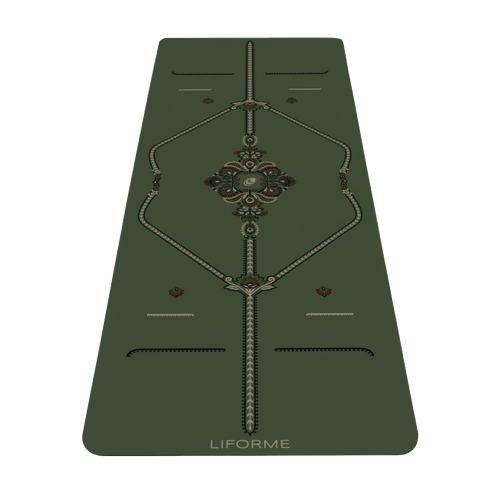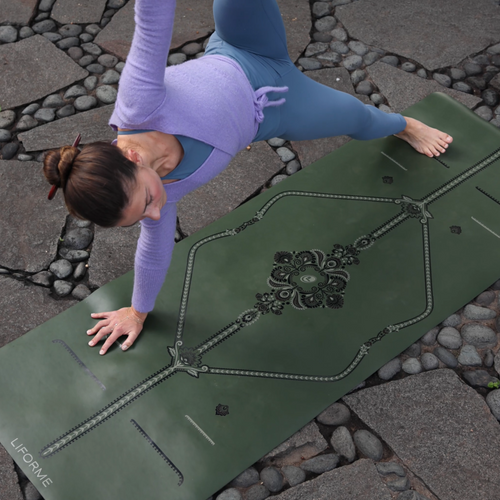Understanding Sanskrit Yoga Terms for Beginners
Yoga beginners get a lot of new information very quickly. With such a steep learning curve, it can be difficult to remember the English (or your native language) names of the postures and all their associated alignment details, not to mention the Sanskrit names.
But, eventually, once you’ve heard the Sanskrit names enough times, you may start to notice that there are lots of repeated words and patterns in them. Making sense of these helps you remember the poses and gives you a deeper connection to the roots of yoga. It can also be quite helpful if you ever take classes in a foreign language!
Many of these Sanskrit terms, which describe parts and positions of the body, will undoubtedly sound familiar. They are the building blocks of countless pose names. In the examples below, terms included in this glossary are italicized so you can see how the names are built.
Sanskrit Roots
Adho: Down
Often paired with Mukha, which means face, to indicate that a posture is inverted, or downward-looking.
Example:
Adho Mukha Svanasana: Downward Facing Dog
Ardha: Half
This usually refers to going halfway toward a full pose.
Example:
Ardha Padmasana: Half Lotus
Asana: Pose
Almost every pose name ends with asana. Asana means seat, and as the original yoga postures were seated, it has come to mean pose.
Example:
Sukhasana: Easy Pose

Baddha: Bound
Describes any pose with a bind, which usually means the arms are wrapped around another body part with the hands clasped.
Example:
Baddha Parsvakonasana: Bound Side Angle

Bandha: Lock
A bandha is a seal.
Example:
Hasta Bandha: The hand lock is the seal that the hands make with the floor in poses like Downward Facing Dog.
Eka/Ekam: One
Dwi: Two
These usually refer to whether a pose is done with one leg or two legs. If you do Ashtanga, you will also recognize these from the traditional way of counting off the postures.
Example:
Eka Pada Rajakapotasana: One-Legged King Pigeon Pose

Hasta: Hand
Example:
Urdhva Hastasana: Upwards Hands Pose

Kona: Angle
This is often used when the legs form angled shapes.
Example:
Baddha Konasana: Bound Angle (The bind here refers to the two feet pushing together for resistance)

Mudra: Seal
Hand gestures in which parts of the fingers and palms are sealed together for specific effects and meanings.
Example:
Anjali Mudra: Reverent Seal

Pada: Foot/Leg
Often paired with Eka to describe poses done with one foot or leg.
Example:
Eka Pada Utkatasana: One Legged Chair Pose

Parivrtta: Revolved/Rotated
Inserted in front of familiar pose names when a twist is involved.
Example:
Parivrtta Trikonasana: Revolved Triangle Pose

Parsva: Side
A posture where you are turned to one side.
Example:
Utthita Parvakonasana: Extended Side Angle

Salamba: Supported
Salamba is part of several important yoga pose names but often gets dropped when speaking casually.
Example:
Salamba Sirsasana: Supported Headstand

Supta: Reclined
Any pose where you are lying on your back.
Example:
Supta Padangustasana: Reclined Hand to Big Toe Pose

Urdhva: Upward
A pose where the gaze is lifted upwards.
Example:
Urdhva Mukha Svanasana: Upward Facing Dog

Utthita: Extended, Stretched
Many postures begin with the word Utthita, but it’s sometimes left out in common usage.
Example:
Utthita Trikonasana: Extended Triangle











